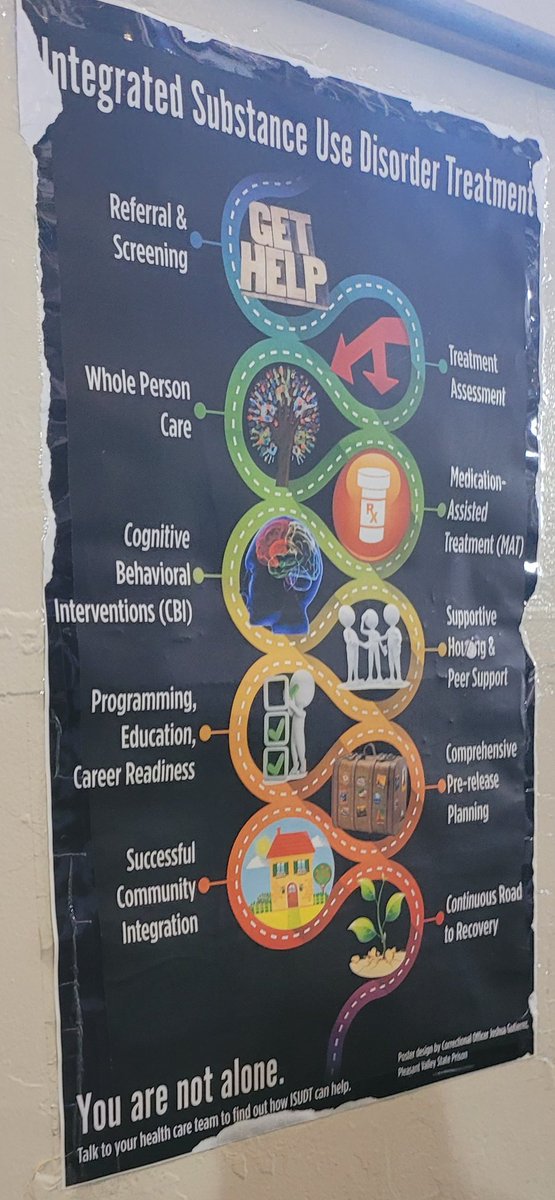Still getting too many "covid is the flu" comments, so it must be time for a refresher. I reviewed this in detail in this video (4:54).
TLDR/W, our ability to manage covid has definitely improved, but it’s still NOT the flu!
My longest ever🧵
1/16
TLDR/W, our ability to manage covid has definitely improved, but it’s still NOT the flu!
My longest ever🧵
1/16
https://twitter.com/NohaAboelataMD/status/1653568241107894272?t=vXoGe1XZjqE333_Bmn-XuA&s=19
Covid and flu do have similar symptoms at the onset. Respiratory symptoms, fever, etc. With flu, diarrhea more commonly seen in children; with covid GI symptoms can be seen at any age.
Thankfully, we have outpatient antivirals for both - should be started asap for those at risk.
Thankfully, we have outpatient antivirals for both - should be started asap for those at risk.
How they infect humans is different:
COVID - Spike proteins bind to ACE2 receptors which are on MULTIPLE organ systems (lungs, heart, kidneys, liver, intestines, brain, fat, etc.)
Flu - viral surface proteins bind to acids on the surface of RESPIRATORY epithelial cells
3/
COVID - Spike proteins bind to ACE2 receptors which are on MULTIPLE organ systems (lungs, heart, kidneys, liver, intestines, brain, fat, etc.)
Flu - viral surface proteins bind to acids on the surface of RESPIRATORY epithelial cells
3/
Covid's incubation period is significantly longer: 5-14 days compared with flu at 2-3 days. Covid has a presymptomatic infectious period, it takes longer to show symptoms, and the overall contagious period is longer: ~8 days with covid and 3-4 with flu.
4/
4/
SARS-CoV-2 can be spread by an infected person 2-3 days BEFORE they show symptoms, when they have very mild symptoms, or by those who never experience symptoms at all. In fact, peak covid infectiousness is a day BEFORE symptoms start! A big reason #KeepMasksinHealthcare is key.5/
With flu you start spreading it once you have symptoms, and you're most contagious for the first 3-4 days of illness. You feel sick so you stay home (I hope), and spread is thereby diminished. Don't go around others when sick! We really don't see presymptomatic spread with flu.6/
Contagiousness is significantly different! One person with flu may give it to 1-2 others. Sars-CoV-2 spreads quickly and easily, causes outbreaks/superspreaders which we do NOT see with flu, and results in continual spreading via new chains of transmission as time goes on. 7/
Flu is MUCH more predictable on who will be severely affected while COVID hospitalization and death can also occur even in previously healthy people. Multisystem inflammatory syndrome can occur even in healthy children, even after a mild infection, and is life-threatening. 8/
Anyone who's had COVID, even if their illness was mild, can experience post-COVID blood clots (lungs, heart, legs, brain) or long-COVID - still poorly understood. Flu or any respiratory infection can certainly have lingering effects, but nothing like what we're seeing with covid.
Mortality rate has thankfully changed considerably. In the early days of COVID, mortality rate was about 5x higher than flu. Recent analyses now indicate a 60-100% higher infection mortality rate. Continued study is needed here to look at more variables.
https://twitter.com/NohaAboelataMD/status/1649805804755886086?t=m7JPj5IQ-EbiktyDA0VlWA&s=19
Interesting nationwide ecological study from Brazil looking at case fatality rate and relative risk of death comparing hospitalized patients with COVID-19 to those with influenza. Covid is still considerably higher with eerily similar disparities to US.11/
ncbi.nlm.nih.gov/pmc/articles/P…
ncbi.nlm.nih.gov/pmc/articles/P…
Flu has a predictable seasonal pattern and vaccination is timed accordingly. Currently Covid vaccine can't be timed this way no matter how much we wish it could. Covid waves have occurred in every season and transmission thus far is occurring year round. 12/
Reinfection. How often can you get it?
Flu- you may be infected once every few years. It's highly unusual to get it twice in 1 year.
COVID- it's unclear how frequently/how many times you can be infected, but there does not appear to be a limit.
13/
Flu- you may be infected once every few years. It's highly unusual to get it twice in 1 year.
COVID- it's unclear how frequently/how many times you can be infected, but there does not appear to be a limit.
13/
Why care if it's covid or flu?
1- if you should be treated, you need to know asap! Outpatient treatment significantly reduces risk of a bad outcome and the sooner you start, the better
2- determines contact notification and isolation plan to reduce risk of sickening others
14/
1- if you should be treated, you need to know asap! Outpatient treatment significantly reduces risk of a bad outcome and the sooner you start, the better
2- determines contact notification and isolation plan to reduce risk of sickening others
14/
3- may affect your booster plan as you might delay a covid booster if you had covid, but not if it was the flu.
4- knowledge is power! If you suffer from post-infection or long-term symptoms it helps to know what the original infection was.
15/
4- knowledge is power! If you suffer from post-infection or long-term symptoms it helps to know what the original infection was.
15/
Hopefully one day covid really will be more like the flu, but we're just not there yet - and we gain nothing by pretending we are. We must note the important differences and mitigate/ intervene accordingly. We still have much to learn.
/end
/end
• • •
Missing some Tweet in this thread? You can try to
force a refresh

 Read on Twitter
Read on Twitter




